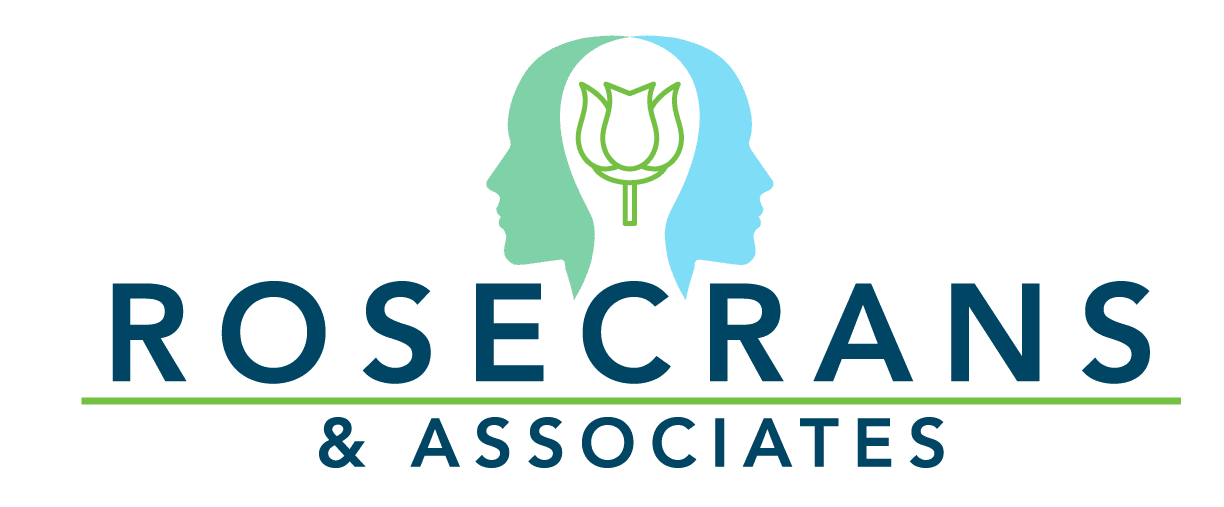Smoking Cessation Counseling
Smoking and Tobacco-Related Disorders (includes e-Cigs and Vaping)
The majority of US. adolescents experiment with tobacco use by the age of 18 years old. Cigarettes are the most commonly used tobacco product. E-cigs and vaping have become a part of the smoking epidemic with unknown health risks. The medical community is just starting to see the impact of this new method of smoking, and research has not caught up to the risks and dangers of e-Cigs and vaping use. Smoking is one of the most difficult substances to quit, and many people have attempted quitting on more than one occasion. It can be difficult to quit on your own, but it can be made easier with help from professionals.
Consequences of Use (including second-hand smoke):
• Cancer
• Heart Disease
• Stroke
• COPD
• Bronchitis
• Pregnancy Complications
• Reduce fertility
• Reduced bone health
• Gum disease/Tooth loss
• Cataracts
• Age-related Macular Degeneration
• Type II Diabetes
• Inflammation
• Reduce immune system
• Rheumatoid Arthritis
Diagnostic Criteria for a Tobacco Use Disorder:
Must include a problematic pattern of tobacco use leading to significant impairment or distress with at least 2 of the following criteria occurring within a 12-month period (American Psychiatric Association, 2013):
- Tobacco is taken in larger amounts or over a longer period than was intended
- There is a persistent desire or unsuccessful efforts to cut down or control use
- A great deal of time is spent in activities necessary to obtain or use tobacco
- Craving, or a strong desire or urge to use tobacco
- Recurrent tobacco use resulting in a failure to fulfill major role obligations at work, school, or home
- Continued tobacco use despite having persistent or recurrent social or interpersonal problems caused or exacerbated by the effects of tobacco (i.e., arguments with others about use)
- Important social, occupational, or recreational activities are given up or reduced because of tobacco use
- Recurrent tobacco use in situations in which it is physically hazardous (i.e., smoking,in bed)
- Tobacco use is continued despite knowledge of having a persistent or recurrent physical or psychological problem that is likely to have been caused or exacerbated by tobacco
- Tolerance, as defined by the following:
-
- A need for increased amounts of tobacco to achieve the desired effect
- A diminished effect with continued use of the same amount
-
- Withdrawal, as manifested by the following:
-
- Withdrawal syndrome for tobacco as defined by the following
- Daily use of tobacco for at least several weeks
- Abrupt cessation or reduction of amount used, followed within 24 hours by 4 or
more of the following:-
-
- Irritability, frustration, anger
- Anxiety
- Difficulty concentrating
- Increased appetite
- Restlessness
- Depressed mood
- Insomnia
-
-
- Withdrawal syndrome for tobacco as defined by the following
-
-
-
- Tobacco (any nicotine product) is taken to relieve or avoid withdrawal symptoms
-
Smoking Cessation Treatment
Cognitive-Behavioral Therapy (CBT) is the empirically supported treatment for smoking cessation. CBT involves creating tools, strategies, and coping skills to aid changing habits, behaviors, and thoughts related to smoking. Adding medication can help reduce withdrawal symptoms and uncomfortable emotions in conjunction with CBT. At Rosecrans & Associates, our clinicians are trained and have experience in providing this evidence-based treatment, and will work with your other medical providers to achieve smoking cessation.
If you have any questions, please contact our office at 847-461-8414
Resources:
https://www.cdc.gov/tobacco/data_statistics/fact_sheets/health_effects/effects_cig_smoking/
https://www.cdc.gov/tobacco/data_statistics/fact_sheets/secondhand_smoke/health_effects/index.htm
Call 1-800-QUIT-NOW which is a free telephone support service to help people quit
smoking.
References:
American Psychiatric Association: Diagnostic and Statistical Manual of Mental Disorders: Diagnostic and Statistical Manual of Mental Disorders, Fifth Edition. Arlington, VA: American Psychiatric Association, 2013.
